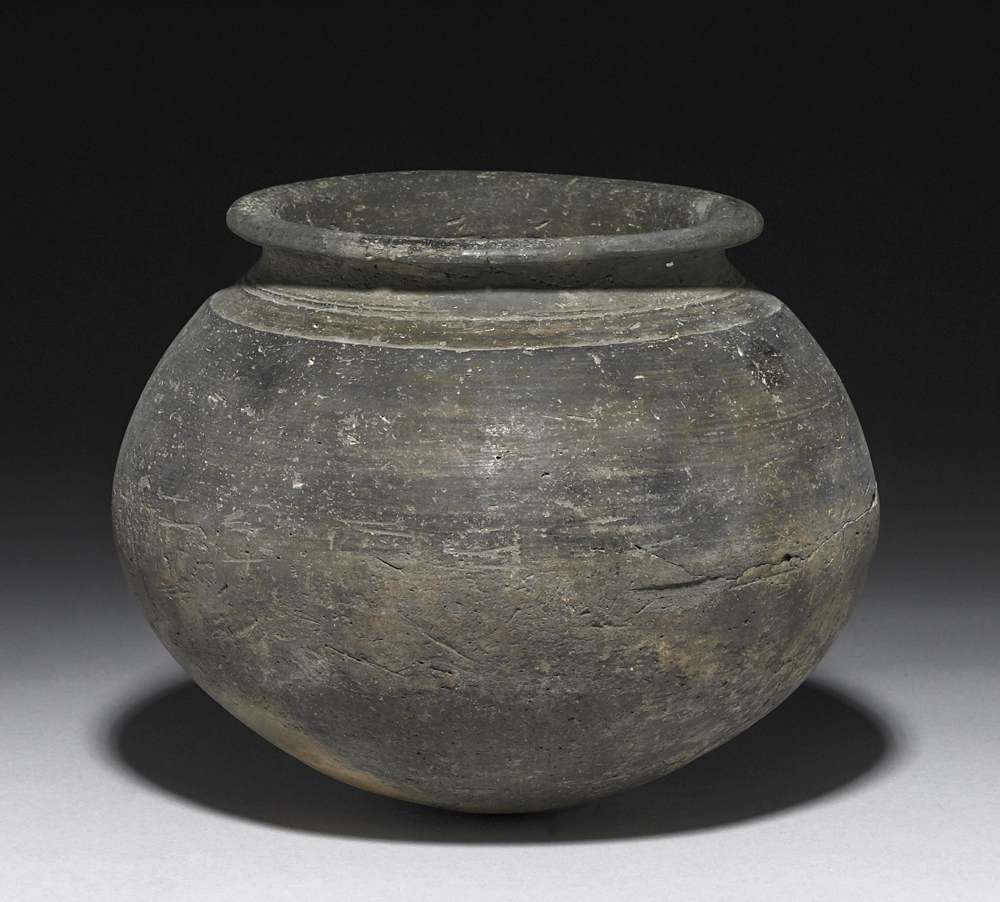Stop 8 - Cooking Pot
This pot may not look particularly special but it has a really unusual story to tell. This is a cooking pot. It's more than a thousand years old, found in what is today Iran. But it doesn't come from Iran, it was actually made in India or Pakistan. We can tell that because it has a very particular shape. This particular type of pot was used to cook food locally back in South Asia and people still use very similar shaped pots in that part of the world today. How this pot got to Iran is probably because it was taken there on a boat – not to trade, to give to anyone, or to sell to anyone, this is the sort of pot which people from India or Pakistan would have taken with them so that they could actually cook the food they liked to eat in the ways they had always cooked it back home. Ports and harbours around the Indian Ocean have long been cosmopolitan places. Because of the way the monsoon winds work people from all around the Indian Ocean might end up in a place for a long period of time waiting for the winds to change. This meant that people of different faiths, from different parts of the Indian Ocean, different parts of the world, would be living together, rubbing shoulders together in these ports and harbours. And of course, these people wanted to eat the foods they were used to, cooked in the right way. That meant that they would often bring with them the pots and the pans they needed to cook those foods with just as they did back home. What's really unusual about this pot is it's actually still complete. The place where this pot was found is a port called Siraf. Archaeologists have found hundreds if not thousands of broken pieces of Indian cooking pots, even African cooking pots, alongside the local Iranian and Middle Eastern cooking pots, but cooking pots often break. You drop them, you bang them, you smash them. For some strange reason, and we don't know quite why, this pot has survived unbroken for more than a thousand years.

- Next Stop
-

Stop 9 - Indus seals
next